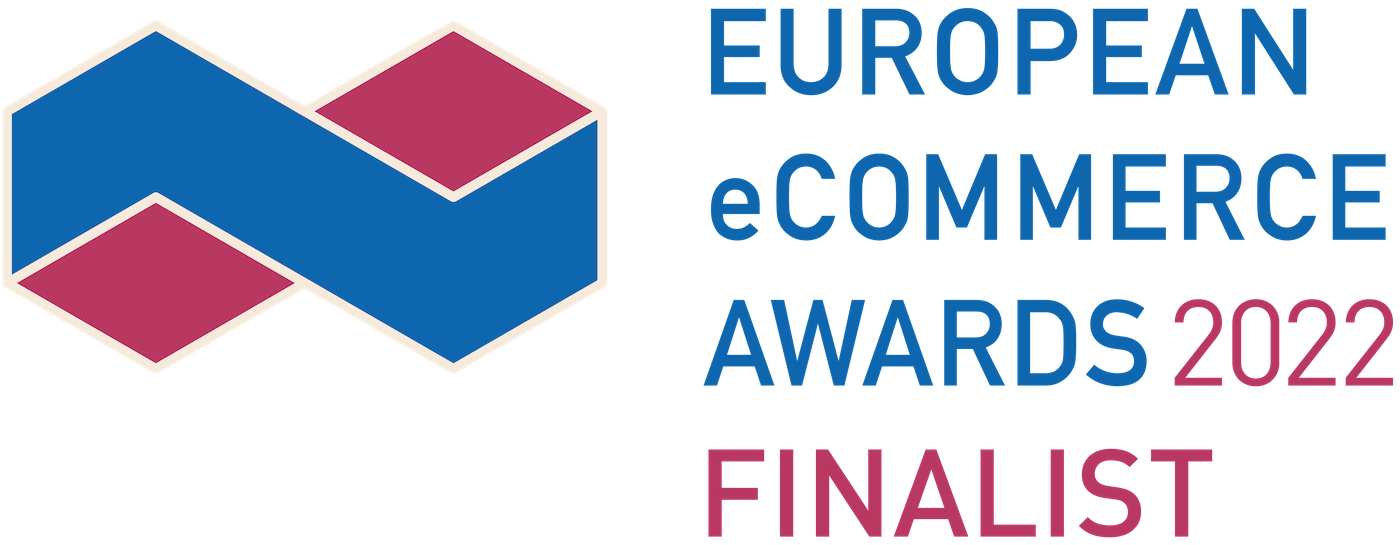The era of influencers vs. SEO for the Beauty Industry - is it still worth investing in it?
Without a shadow of a doubt, for several years now influencers have been playing a key role in the marketing of all kinds of beauty companies - no matter whether we’re talking about SPA salons, luxury cosmetics, or eco shampoo bars. The huge reach on Instagram and the trust of followers are aspects that translate directly into effective cooperation which equals high conversion. So how can SEO be useful for beauty products?- building credibility
- improving conversion rate
- increasing organic traffic
- SEO + social media = even better results

How to Organize Marketing and SEO for the beauty industry?
Beauty Independent, one of the most interesting websites dealing with the cosmetics industry, published an article about SEO in which the owners of beauty brands comment on how individual SEO activities aimed at beauty products affected their businesses. Today, let’s recall their statements to discuss the basic aspects of SEO. After all, there is probably no one who would know better what SEO has to do with the beauty industry and how to start.- choose keywords appropriate for the beauty industry
“I try to put myself in the seat of a customer who is searching for products that I sell. I don’t worry about creating fantasy terms. I focus on simple and popular terms that describe or would be associated with the product. [...] Strategically, think of all the simple words and/or phrases a customer would put in the search engine that’s related to your business.”
- optimize your website - take care of UX and aesthetics
“This has been quite a new and challenging experience for me. In June of this year I designed and developed my own website. I worked very hard to ensure that our website is up to date and capable of converting clients into customers.”
- publish quality content
“I wish I had the answers to SEO. I believe, instead of optimizing around the variables, you should build SEO through creating really great content across multiple channels.”Glossier and Fenty are perfect examples proving that content can help building brand recognition - the brands gained the users’ appreciation thanks to the unique content whose eye-catching aesthetics stands out from the competition on the market.

- link!
“Look for platforms that will drive traffic back to your site (press, social media, vloggers, bloggers, affiliates programs, etc.) which also help brand awareness and your page authority.”
- analyze and access
Can a small business survive on such a huge market?
Although today the cosmetics market is quite extensive and impressive, paradoxically speaking small businesses are becoming more and more popular and people want to support them. What can be helpful in doing SEO for a small cosmetics company selling handcrafted goods or unique products from abroad?- SEO for long-tail phrases
 Just for the sake of comparison, let’s try to enter a different, more detailed phrase into the search engine. After all, you offer specific shampoo bars of given brands, without SLS, coming from various countries, designed for different hair types… you could list all kinds of keywords and characteristics forever.
Just for the sake of comparison, let’s try to enter a different, more detailed phrase into the search engine. After all, you offer specific shampoo bars of given brands, without SLS, coming from various countries, designed for different hair types… you could list all kinds of keywords and characteristics forever.
 Such a long tail phrase automatically generates a smaller number of search results and additionally it displays less obvious websites at the top places. That’s why long tail keywords are one of the most important aspects to be taken into consideration when selecting your key phrases.
Such a long tail phrase automatically generates a smaller number of search results and additionally it displays less obvious websites at the top places. That’s why long tail keywords are one of the most important aspects to be taken into consideration when selecting your key phrases.
- good interaction of SEO, Google Ads campaigns and online marketing
How doing SEO for a beauty salon is different from doing SEO for an online store?
Do you own an online cosmetics store? Or maybe you run a hairdressing or a beauty salon in your city? Remember to focus on the profile of your business before starting your beauty industry SEO campaign - doing SEO for a local beauty salon will be completely different from running a campaign for an online shop. Let’s take a closer look at the SEO aspects that vary for these two cases.- keywords

- Google My Business

A piece of useful advice: let’s finish with a summary in a nutshell
Starting your adventure with SEO fo beauty industry always means lots of information and you should keep it somewhere so that you can easily come back to it anytime you need. Therefore, especially for you, at the end of our today’s entry we’ve prepared the most important tips in a nutshell so that you can always easily find them and recall the knowledge you’ve gained.- Don’t forget about users! SEO can’t be unnatural or more important than real visitors to your site - you’re here for them, so remember about them;
- Collect inspirations and inspire others: everyone likes stylish social media profiles that aren’t only about advertising;
- Create valuable and unique content that will really captivate your audience;
- Check out the most effective content marketing campaigns and learn from them;
- Look for experienced co-workers, influencers, bloggers and vloggers to increase the reach and recognition of your brand;
- Combine SEO, paid campaigns and social media activities to achieve satisfactory effects;
- If you're a local business, focus on those closest to you - don't make global targets but instead try to reach your local audience;
- Take advantage of useful tools that will make your life easier - inspirations on Pinterest, keyword planners or tools like Answer the Public will help you to create quality content;
- Analyze your campaigns and don't be afraid to make changes - often Google Analytics or Google Ads can suggest you which path you should take;
- If you run a small business, your SEO campaign needs to incorporate more accurate phrases with less volume and less competition at the same time;
- Take care of UX, UI and on-site SEO to make your website user and search engine friendly;
- Show your best assets!














As a newbie, it’s an informative article for me. Learned lots of things from here.
Hi, your article is very informative. From this I’ve leaned a lots of things. Thank you for sharing.